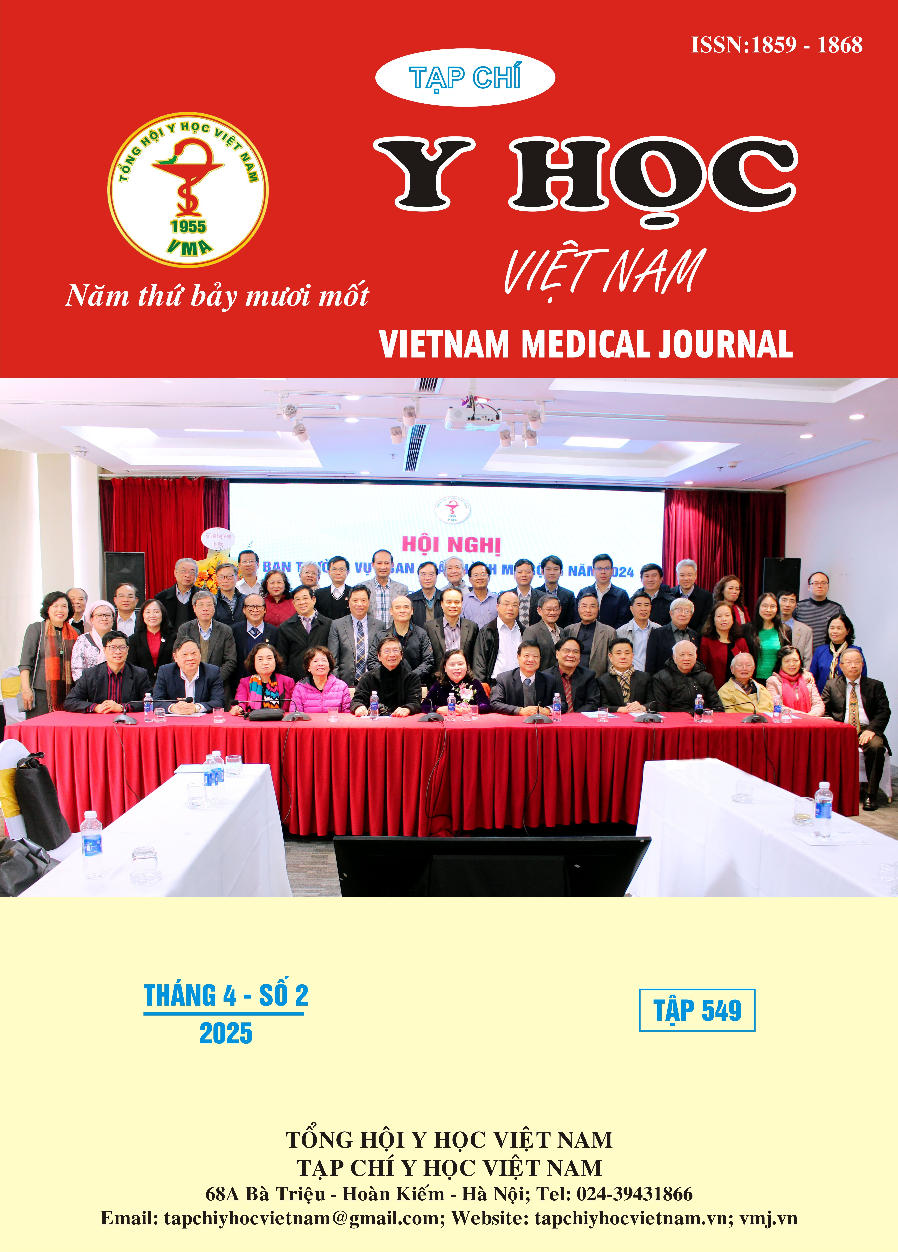ANTIBIOTIC RESISTANCE LEVELS OF GRAM-NEGATIVE BACTERIA ISOLATED FROM LOWER RESPIRATORY TRACT SPECIMENS AT CAN THO GENERAL HOSPITAL, 2022–2024
Main Article Content
Abstract
Background: Multidrug-resistant Gram-negative bacteria are major pathogens of lower respiratory tract infections and are associated with high mortality rates. Objective: To investigate the level of multidrug resistance in Gram-negative bacteria isolated from lower respiratory tract specimens at Can Tho General Hospital. Materials and Methods: A cross-sectional descriptive study with analysis was conducted on 890 lower respiratory tract specimens collected at Can Tho General Hospital from January 2022 to December 2024. Results: Most specimens were collected from the ICU (66.9%), primarily sputum samples (91.5%). The most common Gram-negative bacteria identified were Klebsiella pneumoniae (38.3%), Acinetobacter baumannii (26.8%), Escherichia coli (12.1%), and Pseudomonas aeruginosa (11.4%). Most isolates produced β-lactamase enzymes. Specifically, 100% of A. baumannii and P. aeruginosa strains, 90.6% of E. coli, and 87.0% of K. pneumoniae exhibited β-lactamase production. Antibiotic resistance was mainly concentrated in the extensively drug-resistant (XDR) group. Notably, the prevalence of XDR and pan-drug-resistant (PDR) K. pneumoniae increased over time, with statistically significant differences. Conclusion: The rising prevalence of multidrug-resistant Gram-negative bacteria presents a serious challenge to the clinical management of respiratory infections at Can Tho City General Hospital.
Article Details
Keywords
Gram-negative, antibiotic resistance, lower respiratory tract specimens.
References
2. Antimicrobial Resistance Collaborators (2012), Global burden of bacterial antimicrobial resistance in 2019: a systematic analysis, Lancet, 629-655.
3. Majdi N Al-Hasan (2021), “Gram-negative Bacteria With Difficult-to-Treat Resistance: A Moving Target”, Clinical Infectious Diseases, 72, p.2121–2123
4. WHO (2021), “Global shortage of innovative antibiotics fuels emergence and spread of drug-resistance 2021”, .
5. Y. Chen, L. Yu, B. Zhang, W. Feng (2020), “Design and synthesis of biocompatible, hemocompatible, and highly selective antimicrobial cationic peptidopolysaccharides via click chemistry”, Biomacromolecules, 20, 2230–2240.
6. Hồng Thị Xuân Liễu, Trần Đỗ Hùng (2023), “Tỷ lệ nhiễm và đề kháng kháng sinh của một số vi khuẩn gram âm trên bệnh nhân viêm phổi tại bệnh viện Đa khoa Thành phố Cần Thơ năm 2022-2023”, Tạp Chí Y học Việt Nam, 527(1B).
7. Nguyễn Lê Ngọc Trúc, Trần Đỗ Hùng (2024), “Nghiên cứu sự tiết men kháng beta-lactam của trực khuẩn gram âm tại bệnh viện Đa khoa Trung Uơng Cần Thơ năm 2023-2024”, Tạp Chí Y học Việt Nam, 540(2).
8. Silvia Bertagnolio, Zlatina Dobrena et al (2024), “WHO global research priorities for antimicrobial resistance in human health”, The Lancet Microbe, 5 (11).


